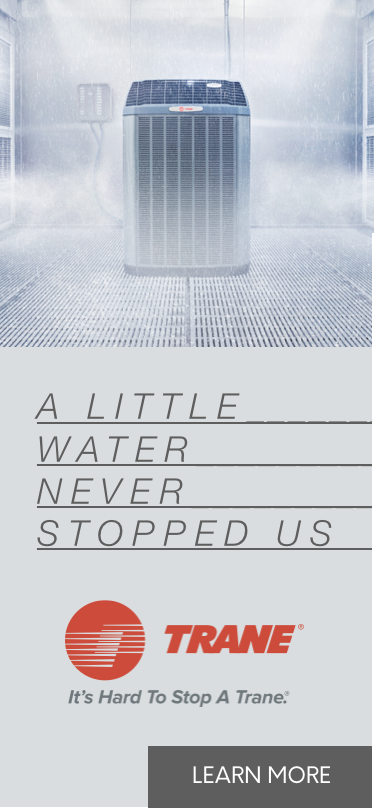Understanding Types of HVAC Systems
Air Conditioning
What is it?
The most common central cooling system is a split system, which includes an outdoor cabinet containing a condenser coil and compressor, and an indoor evaporator coil, usually installed in conjunction with your furnace or air handler. The outdoor compressor pumps a chemical called refrigerant through the system.
How it works
Warm air inside your home blows across the indoor evaporator coil, its heat energy transfers to the refrigerant inside the coil. That transfer, in turn, “cools” the air. The refrigerant is pumped back to the compressor where the cycle begins again. The heat absorbed by the refrigerant is moved outside your home while cooled air is blown inside. Moisture that contributes to humidity is also condensed out of the air.
Your cooling system is usually combined with your central heating system because they share the same ductwork for distributing conditioned air throughout your home.
Forced Air Heating
What is it?
Heating systems have a primary heating appliance, often a furnace, typically located in your basement or garage. All furnaces consist of four main components: 1) burners that deliver and burn fuel, 2) heat exchangers, 3) a blower and 4) a flue that acts as an exhaust for gaseous by-products. Depending on your situation and needs, you can choose from heating systems that run on a variety of energy such as natural gas or electricity.
How it works
Combustion gases are generated by the burners in your furnace and passed over a heat exchanger. Air from your home blows across the heat exchanger to be warmed. It is then blown through a system of ducts to distribute around your home.
Central Heating & Cooling
During warm seasons your forced air heating system can work with your central air conditioning. Air is cooled as it’s blown over your air conditioning unit’s cooling coil, often attached to the exhaust of the furnace, and then sent over the same air ducts throughout your home.
Heat Pumps
What is it?
A heat pump is an all-in-one heating and cooling system. It heats a home in winter and then cools it in summer. A typical heat pump installation consists of two parts: an indoor unit called an air handler and an outdoor unit similar to a central air conditioner. A compressor circulates refrigerant that absorbs and releases heat as it travels between the indoor and outdoor units.
How it works
How does a heat pump perform to both heat and cool your air? Think of a heat pump as a heat juggler. Even in air that’s below freezing temperatures, heat energy is present. When it’s cold outside a heat pump extracts this outside heat and transfers it inside. When it’s warm outside, it reverses directions and acts like an air conditioner, removing heat from your home.
One advantage of a heat pump is that it moves heat instead of generating heat, giving you more energy efficiency. Also, it is powered by electricity, so you can reduce GHGs. For example, a Trane XL19i heat pump is among the HVAC industry’s most efficient, with a rating up to 17.90 SEER and 8.9 HSPF.
Note that heat pumps are best for moderate climates, keeping homes warm even when temperatures drop below 0. A supplemental heating source may be needed for lower temperatures.


